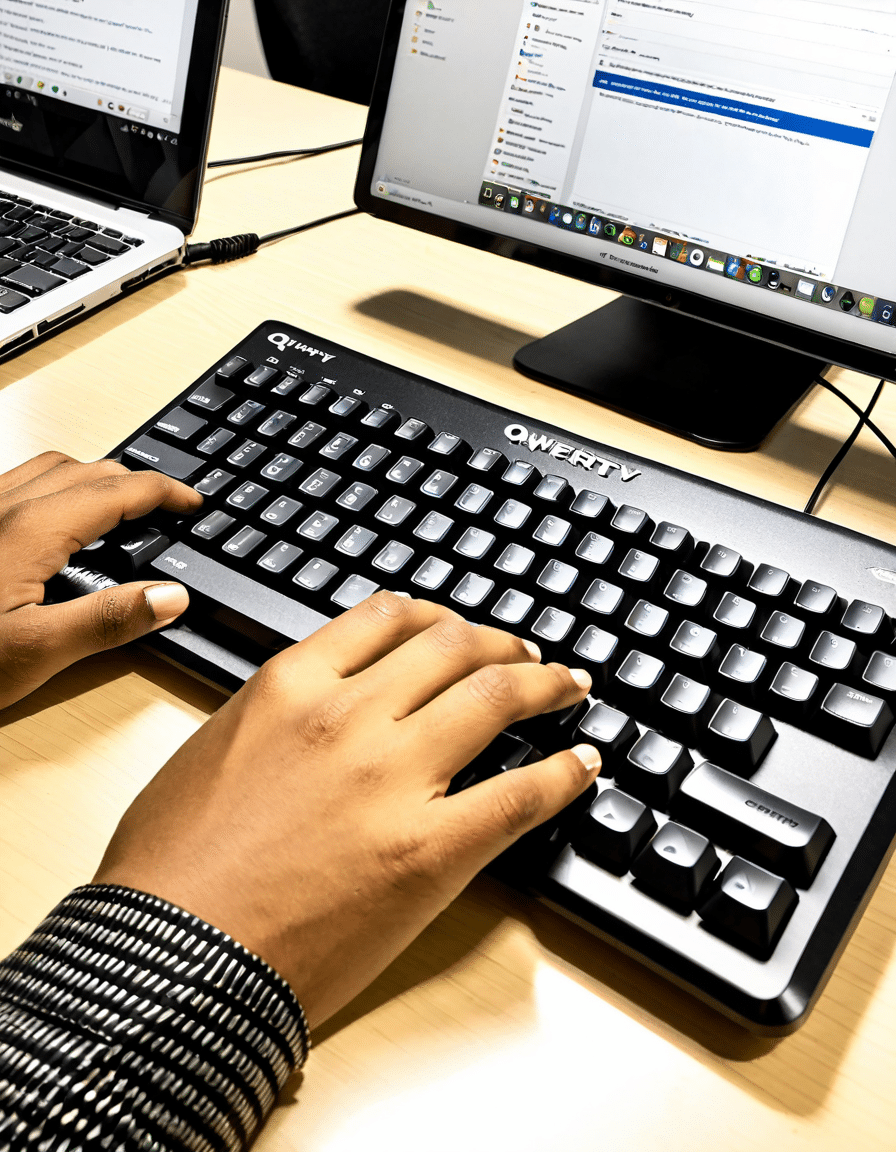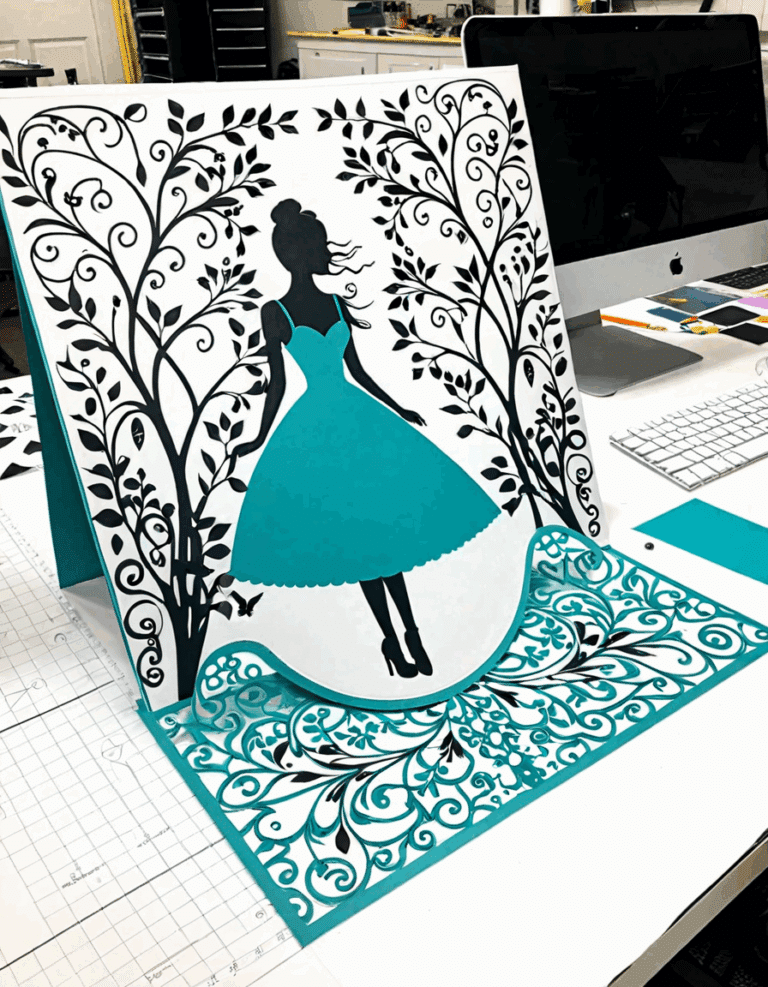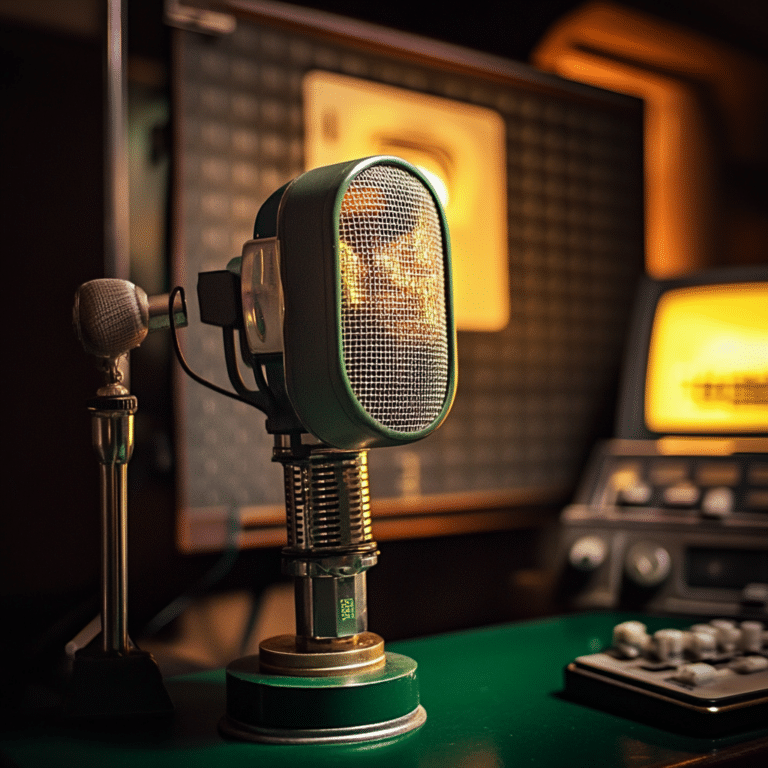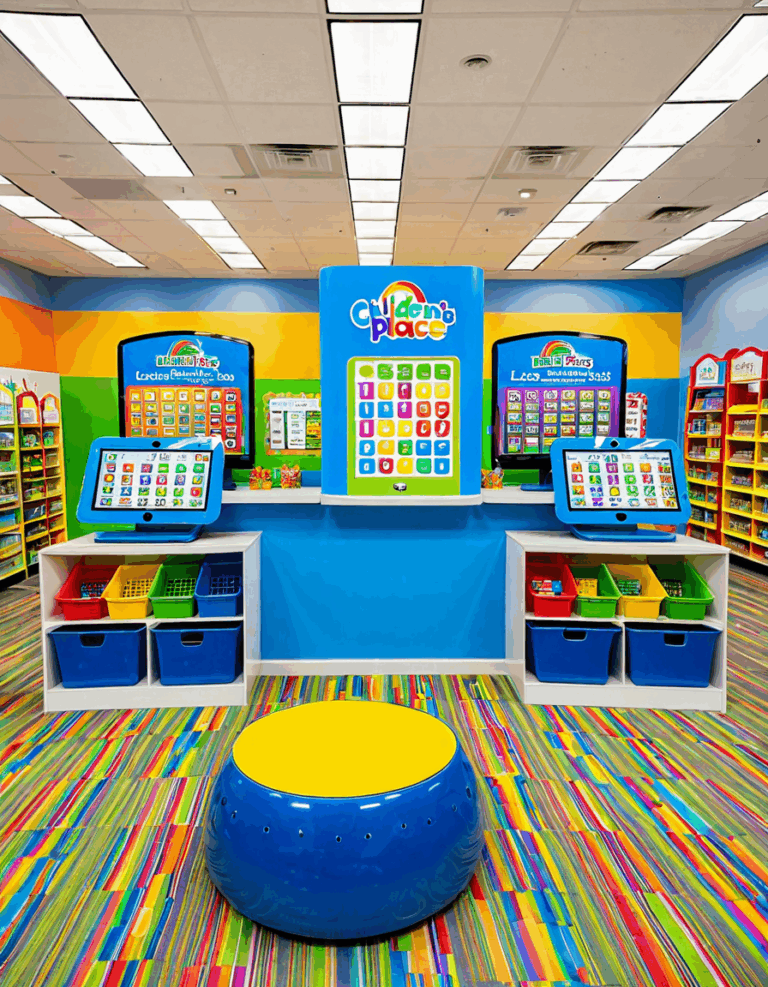The Qwerty keyboard, pronounced “KWEHR-tee,” has become a household name and an integral part of our daily lives. Developed in the 1870s by Christopher Latham Sholes, this iconic keyboard layout was designed to address the technical shortcomings of its predecessors. As we dive into its history, innovations, and future, we’ll explore how the Qwerty keyboard has shaped the way we communicate, work, and engage with technology. After all, it’s not just a set of keys; it’s a symbol of progress in the realm of typing speed and design.

The Origins of the Qwerty Keyboard: A Historic Milestone
The creation of the Qwerty keyboard marked a significant turning point in typing technology. Sholes crafted it to resolve the jamming issues that plagued early typewriters, positioning commonly used letter combinations apart so fingers wouldn’t cramp together. Initially, typewriters utilized a standard alphabetical layout, but that quickly proved impractical. By spreading out frequently paired letters, he allowed typists to maintain speed without constant interruptions from mechanical jams.
This innovative design, although criticized by some as a means to slow typists down, was actually crafted to increase typing speed by promoting a flow that alternates between hands. Major manufacturers like Remington took notice, and before long, the Qwerty layout was adopted widely. It transitioned smoothly from typewriters to computer keyboards, proving its worth with every keyboard born after.
As technology advanced, the Qwerty keyboard held its ground, embedding itself into typing culture as the standard layout for millions worldwide. While keyboards may have morphed in shape and size, the essential arrangement of the Qwerty keyboard has largely remained unchanged. Perhaps it’s a testament to Sholes’ initial insight that we still rely on this design more than 140 years later.
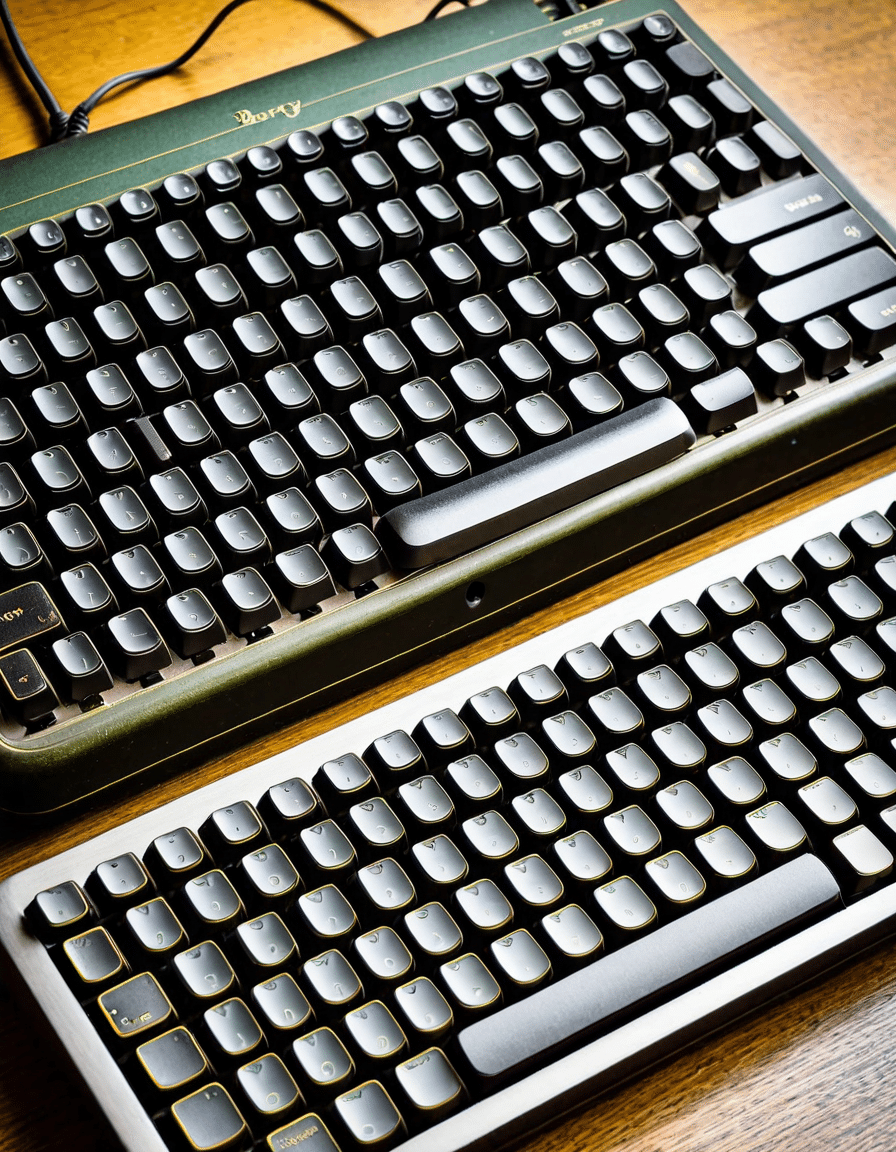
Top 7 Innovations That Shaped Qwerty Keyboard Design

The Impact of Typing Speed on Professional Environments
Typing speed isn’t just a matter of pride; it often influences jobs across various sectors. From journalism to programming, an efficient typist can hit speeds of over 100 words per minute using the Qwerty layout. This agility can enhance productivity, making the workflow smoother in roles that demand quick and accurate reporting.
Events like the Ultimate Typing Championship spotlight these skills, transforming typing into a competitive sport that showcases the mastery of the Qwerty keyboard. Beyond just showcasing speed, these competitions illustrate the keyboard’s effectiveness in high-pressure environments.
In professional contexts, a faster typing speed translates to better performance, particularly in data entry roles or transcription services. Given the demand for efficiency, it’s clear that how one interacts with the Qwerty layout can significantly influence their success.
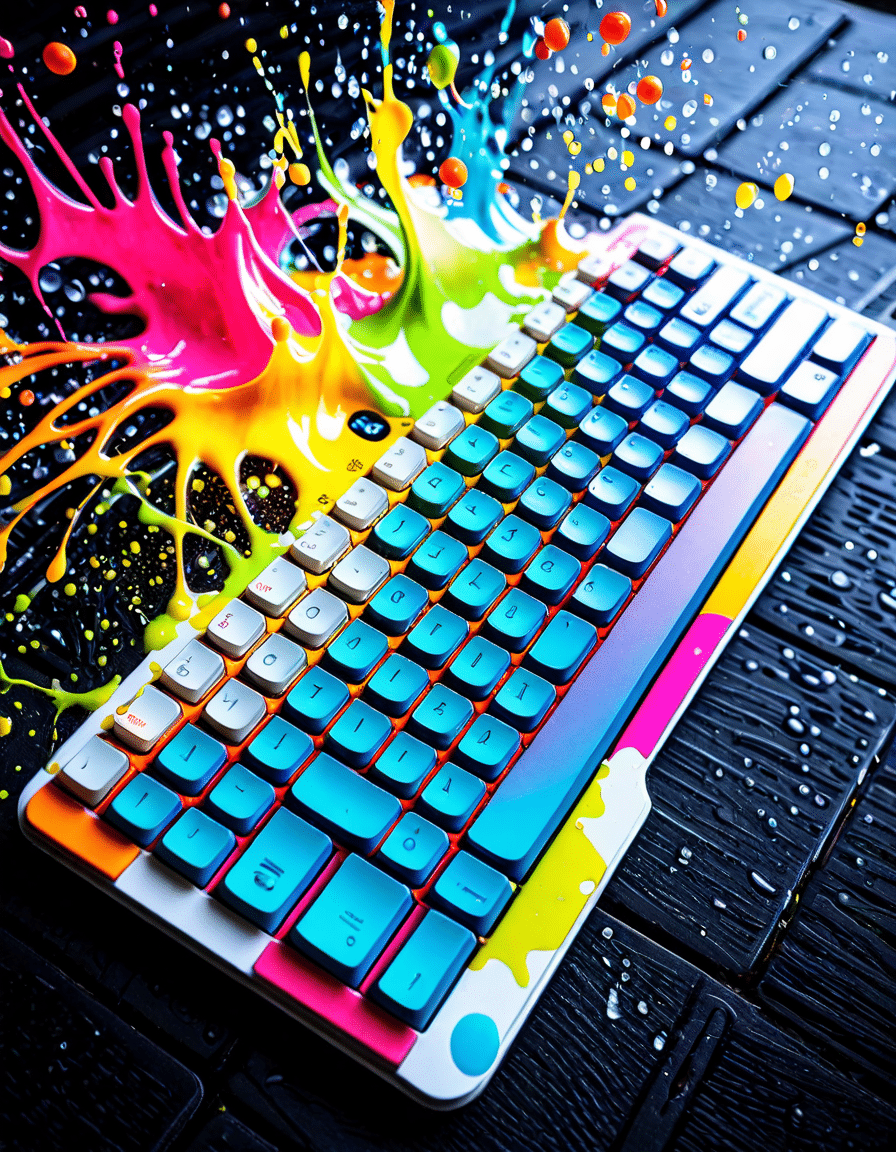
Analyzing Qwerty Compatibility: The Debate on Alternatives
The Qwerty keyboard doesn’t face much competition—yet, a debate persists regarding alternative layouts like Dvorak or Colemak, which claim to enhance typing speed and relieve finger strain. Proponents argue that these new designs offer substantial benefits over Qwerty by allowing a more natural hand movement, but widespread familiarity with Qwerty remains a significant barrier for most users.
Studies indicate that while some Dvorak users may type slightly faster, the necessity of relearning a complete set of keys deters many from transitioning. Additionally, the software compatibility and hardware configurations reliant on Qwerty present hurdles for industries focused on standardized typing methods, limiting the practical adoption of alternatives.
Notably, typing experts emphasize that comfort with the keyboard plays an equally vital role in speed. While alternatives may offer appealing features, the inherent training and collective experience tied to Qwerty make it a lexicon of typing that’s hard to replace.

The Future of Qwerty: Adapting to Technological Trends
As technology marches briskly forward, the future of the Qwerty keyboard looks promising yet uncertain. Trends like voice recognition and artificial intelligence are changing the landscape, with companies experimenting with hybrid models that combine the traditional keyboard layout with voice-to-text capabilities.
Imagine a world where speaking sourced your content while your familiar Qwerty layout remains at your fingertips. Adaptive keyboards with customizable keys are on the horizon, catering to diverse users—including gamers who demand specialized controls while still harnessing the efficacy of traditional typing methods.
The innovation doesn’t stop there. Continuous improvements in tactile feedback technology suggest that our keyboards will only get smarter, creating an environment that promotes both efficiency and comfort. The Qwerty will surely remain a staple, but its adaptability will allow it to thrive amidst these forthcoming changes.
Embracing the Legacy of the Qwerty Keyboard
The Qwerty keyboard stands as a monument to both design ingenuity and technological evolution. From its inception to the realm of modern computing, its design has proven its fortitude over 140 years. The way it overcomes the challenges posed by early typing mechanisms to remain relevant today speaks volumes of its adaptability.
As we look ahead, the lessons gleaned from the journey of the Qwerty keyboard continue to inform discussions of user experience, typing efficiency, and technology’s broader impact on productivity. Embracing this legacy doesn’t just honor the past; it offers a pathway toward future innovations in communication and creativity. With the Qwerty keyboard never far from the fingertips of millions, it’s clear that as our world evolves, so too will this symbol of typographical progress.
Qwerty Keyboard: Fun Facts and Trivia
The Origins of the Qwerty Keyboard
Did you know that the qwerty keyboard was invented in the 1870s? Christopher Latham Sholes, an American inventor, designed this keyboard for the Sholes and Glidden typewriter, which later hit the market as the Remington No. 1. One fun fact is that the layout was created to reduce jamming by placing commonly used letters far apart from each other. It’s like figuring out how to avoid a traffic jam on the busy roads of the Disney World map. Ever been lost trying to find your way around the park? The qwerty keyboard was similarly designed to smooth out typing speed!
Typing Speed and Performance
As we moved from the typewriter to electronic devices, the qwerty keyboard evolved alongside us. Today, the average typing speed hovers around 40 words per minute, but some professionals can reach speeds of over 120 words per minute! Typing tournaments have even been likened to thrilling races, much like those at the Keeneland Race Track. This is where competitors race for speed and accuracy, trying to be the fastest typist in the room. Just imagine that intensity coupled with the competitive spirit seen in shows like “Yona of the Dawn” where every second counts!
The Global Adaptation of Qwerty
Interestingly, the qwerty keyboard has made its mark across the globe, prompting adaptations in various languages. For instance, Korean often uses a different layout altogether, but the familiarity of the qwerty layout still remains. Even technology enthusiasts have created apps, like the adventurous Glitch Inn, making the typing experience more interactive. Plus, as you can see, just a quick check of the South Korean won to USD can show you how technology is shaping financial transactions, reflecting the interconnectedness of our lives.
Adapting the qwerty keyboard for different languages highlights a universal need for communication. It’s like how a traveler needs a map for uncharted territories, similar to those looking to explore property for sale near me! In the same way, the keyboard remains a vital tool for personal and professional correspondence worldwide. So, the next time you find yourself typing away, remember the journey the qwerty keyboard has taken and its impact on the art of writing!
